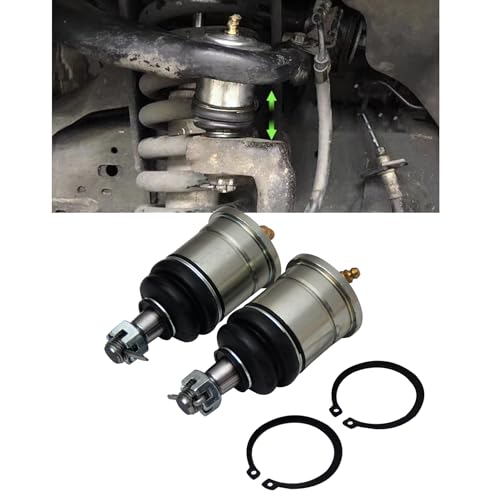Apart from the DPF ... automatics will ALWAYS use more fuel than a manual - but that gap is closing.
In a manual, every single turn of the crankshaft of the engine is directly translated into a single turn of the gearbox input shaft because the clutch drive is solid - there's no slip, except when taking off. At all other times, consider the drive to be 100% solid.
In an auto, the drive isn't solid - it's actually called a fluidic drive, where the rotation of the engine is transferred to the gearbox via the shearing forces imparted through the oil in the torque converter. One turn of the engine is NOT one turn of the gearbox - in my car (and every car is going to be very slightly different) at 1500rpm of gearbox input speed my engine is turning over at about 2000rpm.
How do I know? That's easy. One of the nice things about the Nissan torque converter is that it has a clutch that, under certain circumstances, engages the input and output sides of the torque converter turning it into a solid drive. At about 80km/h as I'm just holding the vehicle's speed with 2,000rpm this clutch - called a TCC - will engage and reduce the rpm to about 1500. I've watched it happen dozens of times.
So, that's 25% of my rpm being wasted on turning the torque converter over - so 25% of the input to my engine is wasted compared to a manual. Until that converter locks.
Once the TCC locks I'm on par with the manual.
The automatic has an advantage over the manual on takeoffs (where fuel usage is very high, getting all those tonnes moving). Whereas you'll ride the clutch and get a LOT of revs out of the engine, the auto will start moving the vehicle at a lot lower rpm - it transfers power more efficiently than a slipping clutch. You have to be pretty good with the manual clutch to match the auto's performance here.
In the long run, the auto is only marginally worse than the manual in performance. It really comes down to driver, environment, fuel choice, tyres and load.
And just to provide a real-world understandable example: if you drive from Sydney to Perth (4500km) and use a whole extra litre per hundred km of fuel, that's 45 litres more for the entire journey. The automatic costs you about $70 extra to get it across Australia ($675 for the manual @ 10LPHK, $742.5 for the auto @ 11LPHK).
It's not that big a difference. And with technology like the TCC, the difference between auto and manual in terms of economy is getting smaller all the time.

























